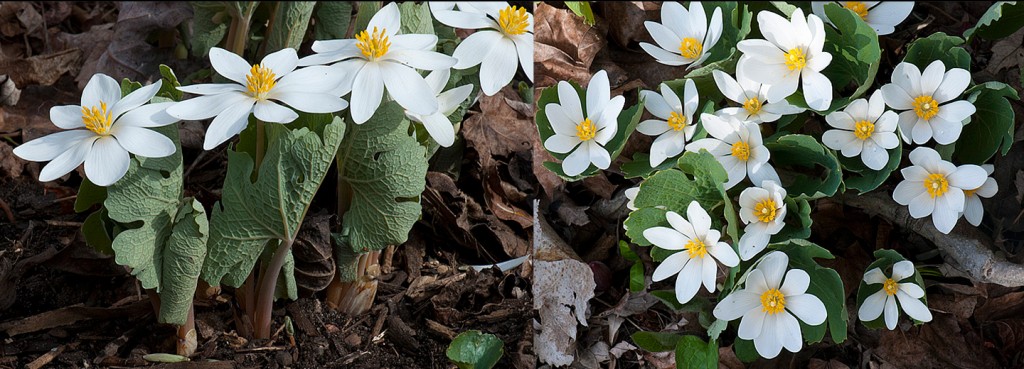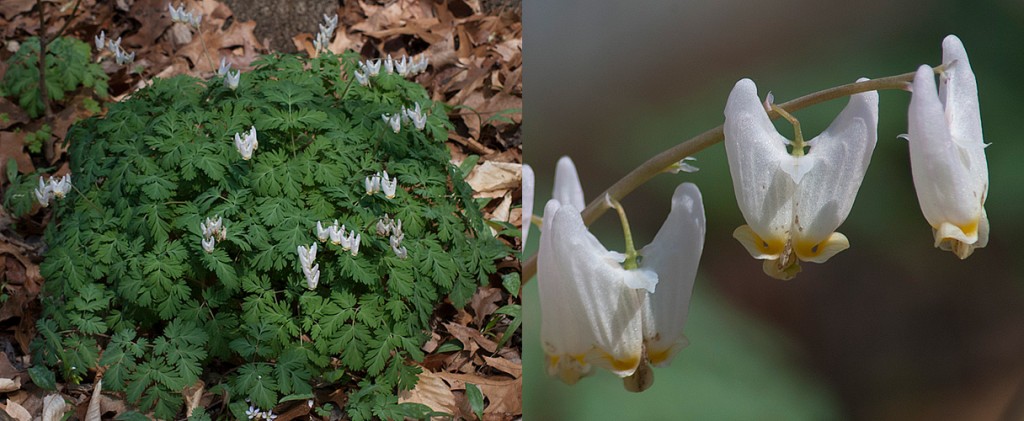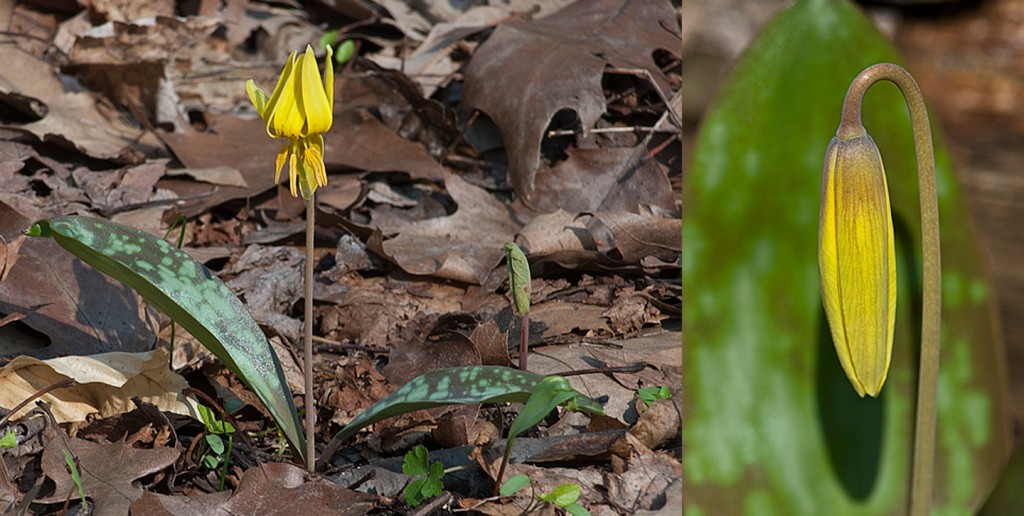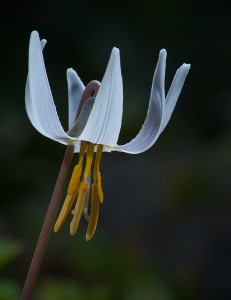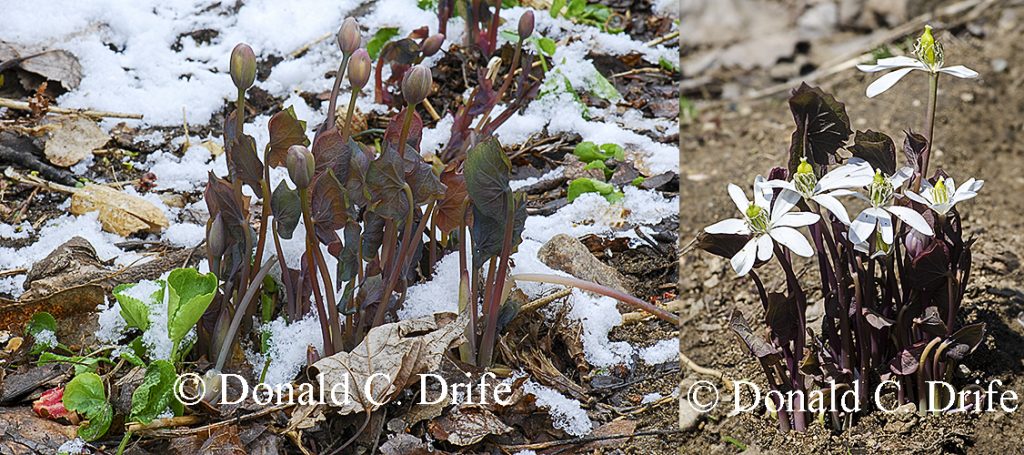
Twinleaf (Jeffersonia diphylla) grows in rich deciduous woods and floodplains. Its distribution is local, meaning it does not grow in every suitable habitat but where it grows it can occur in large numbers. In Michigan it ranges northward to a line passing through Saginaw.
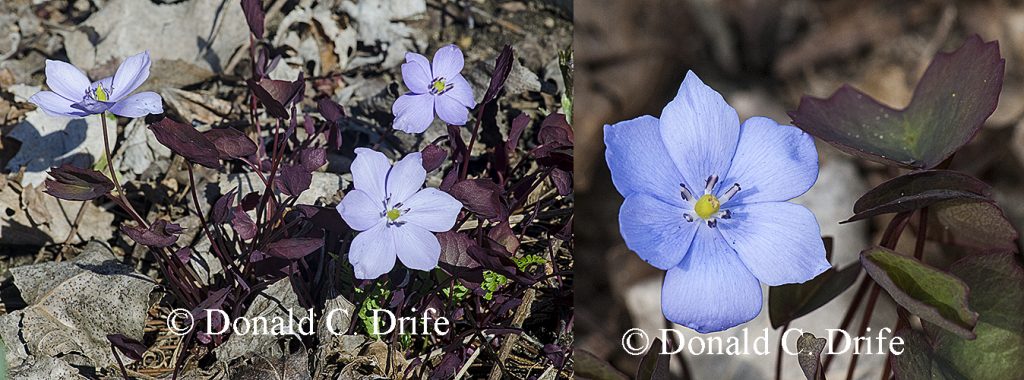
William Bartram named the genus in honor of Thomas Jefferson. One other species occurs in the genus, Asian Twinleaf (J. dubia), growing in eastern Asia. Several other genera occur in Eastern North America and then skip to eastern Asia including: Ginseng (Panax), Lopseed (Phryma), Mayapple (Podophyllum), Lizard’s-tail (Saururus), and Skunk-cabbage (Symplocarpus).
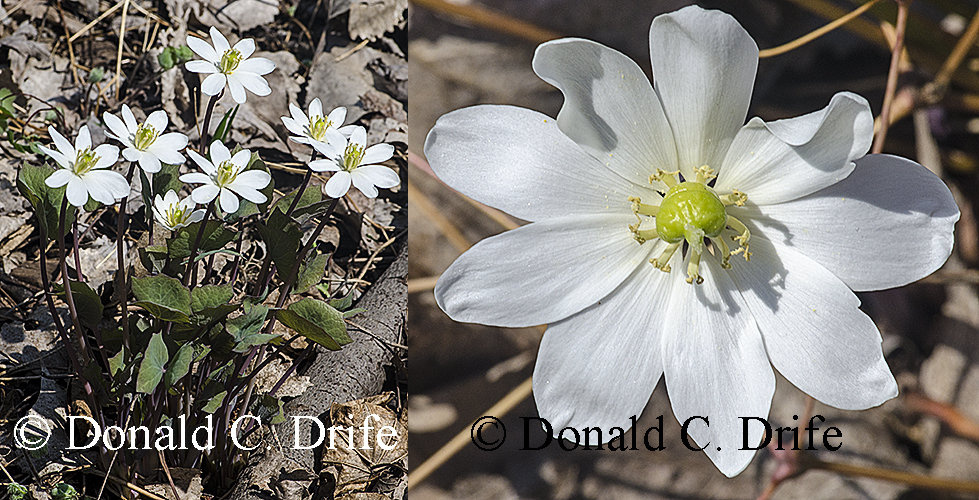
Twinleaf is an appropriate common name because the two leaf lobes form practically identical segments. Flowering in southern Michigan happens in April. The multi-parted, white flowers resemble Bloodroot (Sanguinaria canadensis) but the two species are not closely related.

The seeds are myrmecochorous which means distributed by ants. A sweet, fatty blob, called an elaiosome, adheres to the seeds attracting the ants. Ants gather the seeds, take them into their nests, and later eat the elaiosome. Conventional “wisdom” states that the ants gain food and plant’s seeds are moved to a protected and nutritionally richer site for growth. Charles Kwit at the University of Tennessee Knoxville is studying this. One of his students, Mariah Patton, has provided a summary citing research that questions both the benefits to ants and the advantages to the plant. Further research is called for.
Copyright 2019 by Donald Drife
Webpage Michigan Nature Guy
Follow MichiganNatureGuy on Facebook

